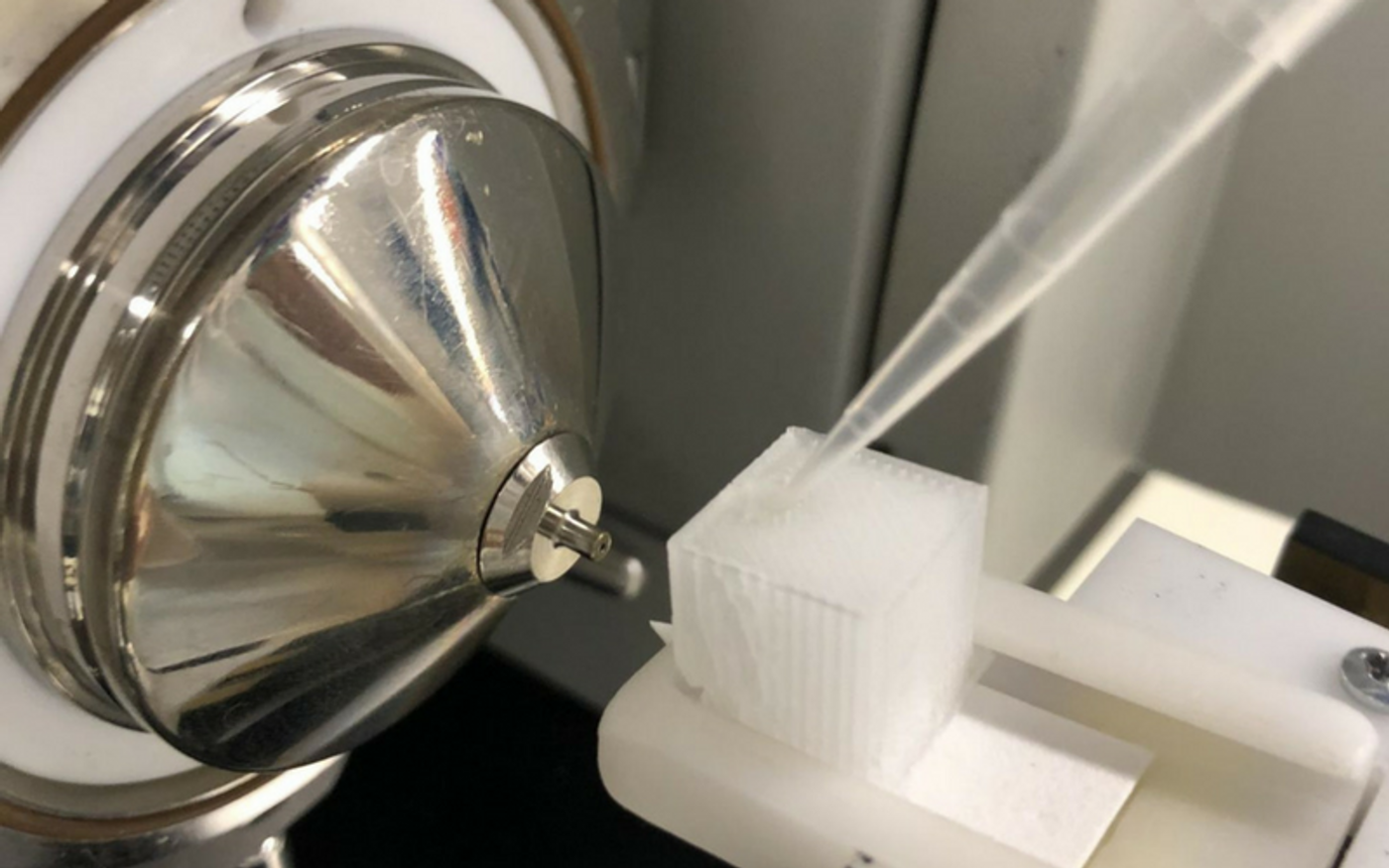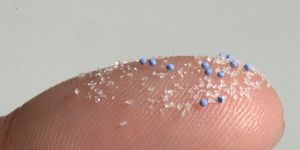Streamlining Diagnostic Tests for Designer Drugs
Current tests for new “designer drugs” like fentanyl and synthetic cannabinoids are incompatible with emergency medical situations. Detection requires a blood sample shipped to a toxicology lab for results, which could take weeks. “In a life-or-death situation, that won’t work,” said Nicholas E. Manicke, PhD, from Indiana University.
Manicke and his team have been working on a new way to test for synthetic drugs in the emergency room. With a faster overdose diagnosis, medical professionals can choose the appropriate treatment as soon as possible. Manicke’s new diagnostic tool has to the potential to identify drugs responsible for an overdose in just a few minutes.
There are quick-working tests for drugs like methamphetamine and cocaine, but new synthetic drugs have become a more complicated issue. “Designer drugs” usually refers to drugs whose natural properties have been altered, drugs such as cocaine, morphine, and marijuana. Examples of designer drugs include MDMA (ecstasy), ketamine, GHB, and LSD.
Overdose deaths from all opioids doubled between 2006 and 2016, and overdose deaths from synthetic opioids like fentanyl and tramadol increased even more. To make overdose diagnostics even worse, some new drugs are so potent that the drug levels in the blood are very low, making them difficult to detect.
Manicke and his team developed a device that acts as a developmental screening system for synthetic drugs in the body. The device is small, simple, and affordable. It works by taking in a drug sample, separating the drug from other components of the sample, and detecting its identity. The whole process takes less than five minutes. Additionally, the database software within the device can take in new drug identity information as needed.
Initial tests of the device occurred in Indianapolis emergency rooms. Samples were taken from patients who were suspected to have overdosed on drugs. The test successfully identified drugs such as fentanyl, synthetic cannabinoids, and traditional drugs.
Going forward, Manicke hopes that the device will soon be used in emergency department arounds the country, increasing the amounts of overdose patients who receive timely, effective treatment and decreasing the amount of overdose-related deaths.
Sources: National Institute on Drug Abuse, American Chemical Society









